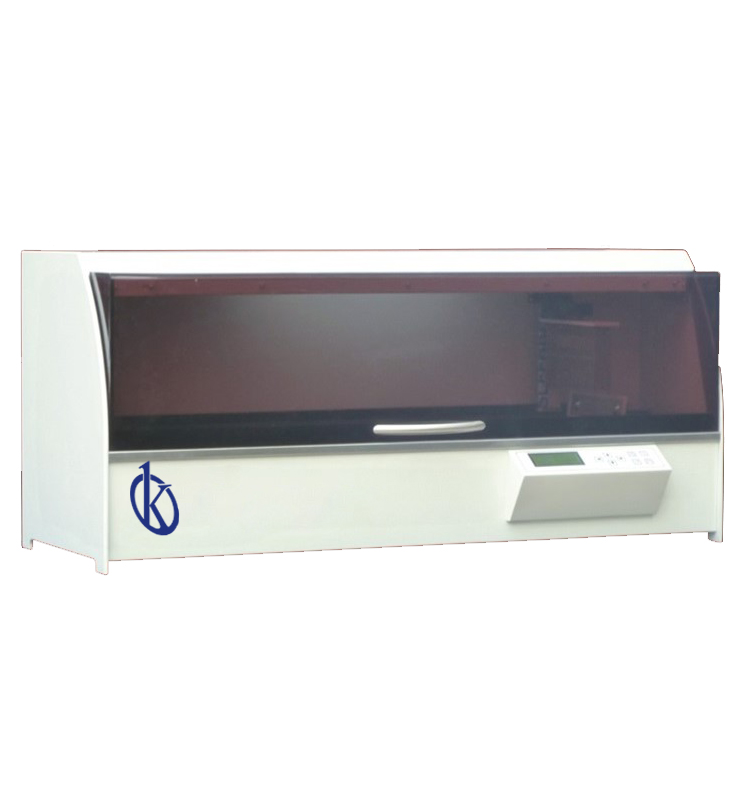Autopsy, also called postmortem examination, is done for two purposes. The first, to obtain information about the disease process. These are called clinical autopsies that allow us to confirm or clarify a cause of death and, in some cases, correct an ante-mortem diagnosis. The second goal is to apply medical knowledge for forensic purposes and are called legal medical autopsies.
The latter are used in cases of unnatural death or in cases where medical negligence is suspected. It is this type of procedure, it tries to give an answer about the identity of the deceased person, cause and time of death, circumstances of death, among others. In this way, police agencies are assisted in the resolution of a probable case of crime.
Tissue analysis in legal medical autopsies
Histopathological studies are not routinely requested during the execution of a legal medical autopsy. This type of analysis is requested in cases where the cause of death is not apparent at a macroscopic level or in cases where the person in charge of the autopsy recognizes some morbid change in the tissues and suspects that it may be the cause of death.
Histopathology can confirm a preexisting cause of death, an existing disorder, or establish a cause of death. Some studies have highlighted the usefulness of histopathological analysis in cases of electrocution death and poisoning
Forensic histopathology is concerned with studying changes at the cellular and tissue levels and the findings of this type of study may contribute to the establishment of the cause of death.
Utility of the tissue processor in legal medical autopsy
To study the changes at the cellular and tissue levels, it is necessary to prepare the tissues properly, this means the chemical preservation or fixation of the material, its support in a solid medium, to be able to cut it into very thin sections and stain it.
Tissue processors are laboratory equipment that can perform different technical operations on a considerable number of samples, according to the needs of the establishment. These devices allow the attachment of the material, its dehydration and inclusion in a solid medium.
In general, the steps for automated tissue processing are:
- Obtaining the tissue sample: Careful handling of the sample is required.
- Fixation: Usually, formalin is used. This product needs to penetrate all tissue.
- Dehydration: removal of water from the sample by increasing concentrations of ethanol, in order that it can be infiltrated with paraffin. Failure to do so can lead to problems because paraffin is hydrophobic.
- Clarification: Since paraffin and ethanol are immiscible, we must eliminate the latter. Xylene is usually used.
- Paraffin infiltration: Done at 60 C° with an appropriate histologic paraffin.
- Paraffin block inclusion: the paraffin-infiltrated sample is placed in a paraffin block, allowing the sample to be cut into a microtome.
The use of a tissue processor reduces the risks of contact of laboratory personnel with harmful substances. In addition, it reduces processing time per sample, providing fast diagnostics.
Kalstein tissue processors
At Kalstein we have a wide range of YR series tissue processors for sale. You will find different models that suit different clinical and forensic diagnostic needs. Kalstein equipment, through the all-in-one design, for dehydration and staining of tissue samples, offer reagent savings and guarantee a large space. In addition, they are designed with an LCD screen that facilitates the configuration and display of the parameters of the process being performed. In addition, they have different protocols for dehydration and tissue staining. For more information on Kalstein tissue processors, visit HERE


